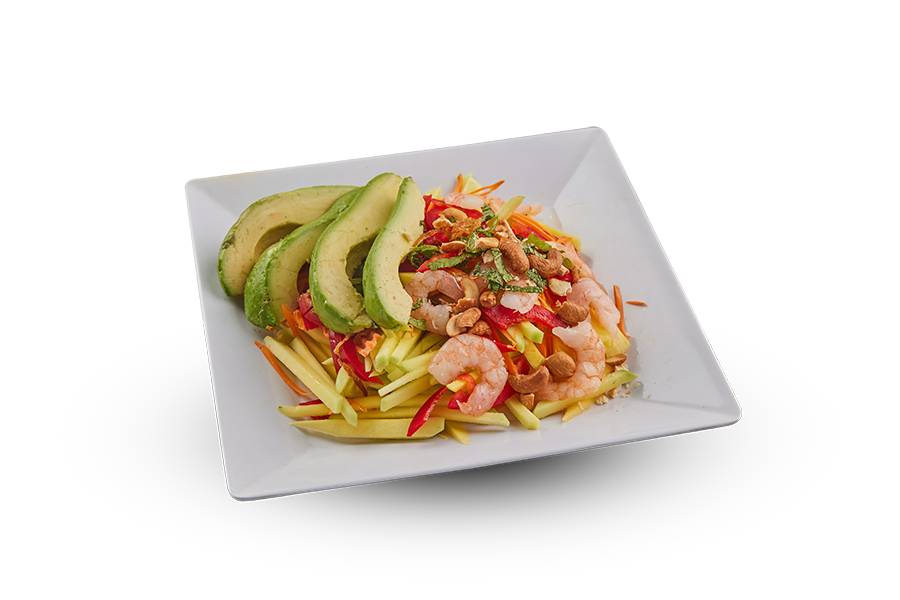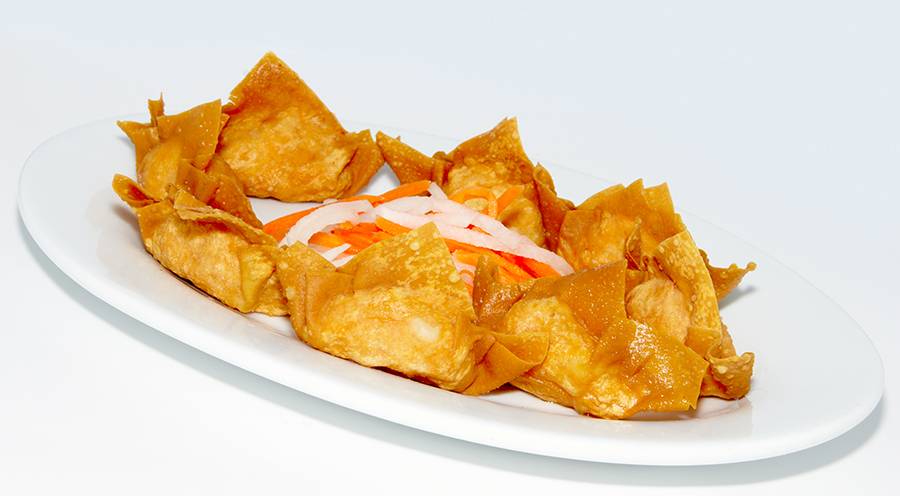What is gluten?
Gluten is a protein found in wheat, barley, and rye. It's what gives bread its chewy texture and is responsible for the rise in baked goods. Gluten is also often used as a thickener in soups, sauces, and gravies. For people with celiac disease or gluten sensitivities, ingesting gluten can cause a range of symptoms from mild gastrointestinal distress to severe abdominal pain and diarrhea. In some cases, gluten can also trigger an autoimmune response that leads to damage of the small intestine.
How do you know you're allergic to gluten?
If you have celiac disease, you will likely experience symptoms such as diarrhea, abdominal pain, and bloating after eating gluten. You may also have fatigue, anemia, and weight loss. If you have a wheat allergy, you may experience hives, itching, or swelling after eating wheat-containing products. In some cases, people with a wheat allergy may also have difficulty breathing. If you suspect that you may be allergic to gluten, it's important to see a doctor so you can get tested and receive the proper diagnosis.
How can pho be contaminated with gluten?
While the rice noodles and meat in pho are naturally gluten-free, the soup can come into contact with gluten during its preparation. For example, if the soup is cooked in a pot that was previously used to make a wheat-based soup, traces of gluten can be left behind and transferred to the pho. Additionally, some brands of beef stock or bouillon used to make pho may contain gluten.
To avoid cross-contamination, it's important to make sure that the pho is being prepared in a clean pot and with gluten-free ingredients. If you're unsure about the safety of a particular ingredient, ask your server or the chef before ordering.
What to avoid with your Pho if you're gluten free?
While the rice noodles and meat in pho are generally gluten-free, additions such as fried onions, wontons, and egg rolls may contain gluten. Also, soy sauce, hoisin sauce, and fish sauce often used as condiments for pho can also contain gluten. If you're celiac or have a severe gluten allergy , it's best to avoid these ingredients.
What are some tips for ordering gluten-free pho?
If you have celiac disease or a severe gluten allergy, it's best to avoid ordering pho altogether. However, if you'd like to try the soup, there are a few things you can do to minimize your risk of reaction.
When ordering pho, be sure to:
-specify that you are gluten-free
-ask about the ingredients in the soup and how it is prepared
-inquire about cross-contamination risks
-request that the soup be made with gluten-free ingredients
If you're unsure about whether or not a particular ingredient is safe for you to eat, it's best to avoid it. When in doubt, ask your server or the chef before ordering.
While pho can be a delicious and healthy meal, it's important to take precautions if you have celiac disease or a severe gluten allergy. By being aware of the potential risks and taking steps to avoid them, you can enjoy pho without worry.






















